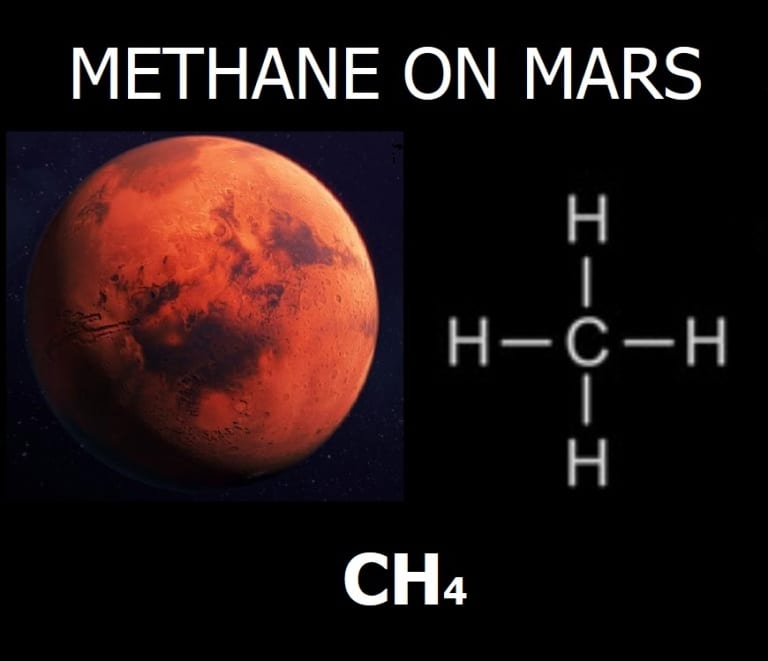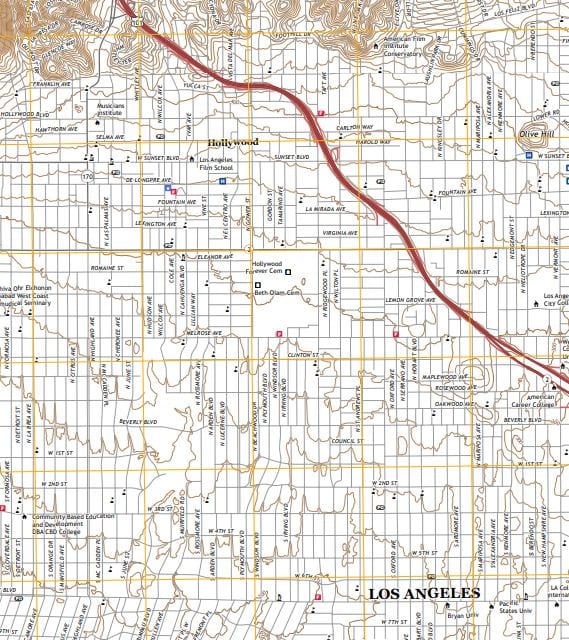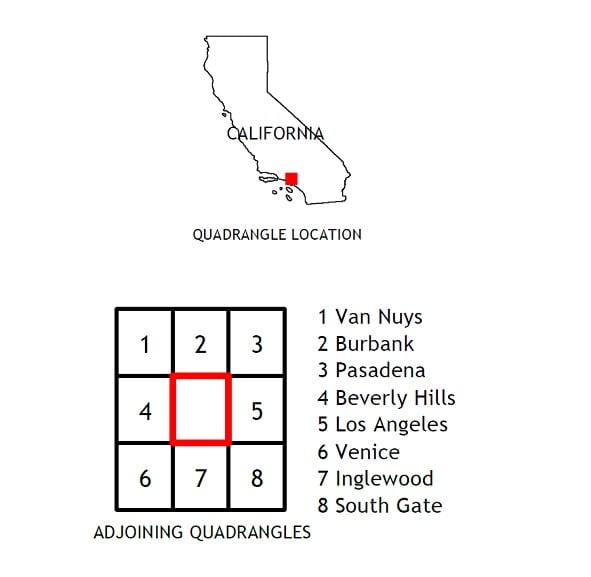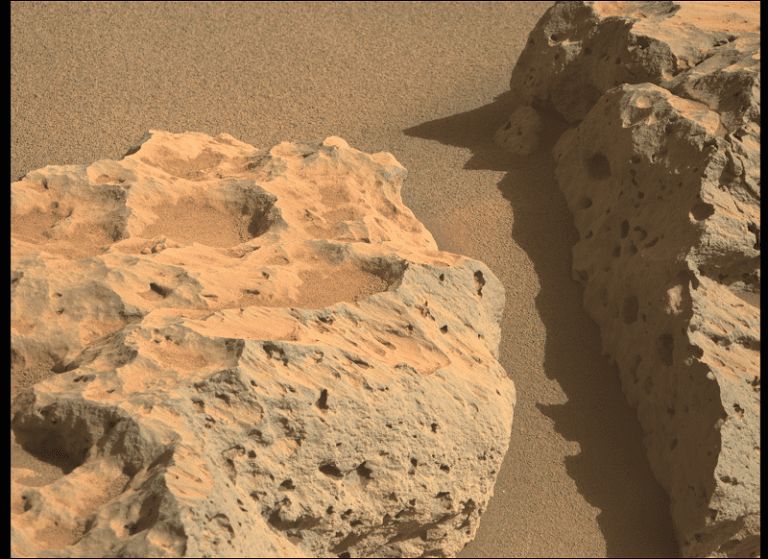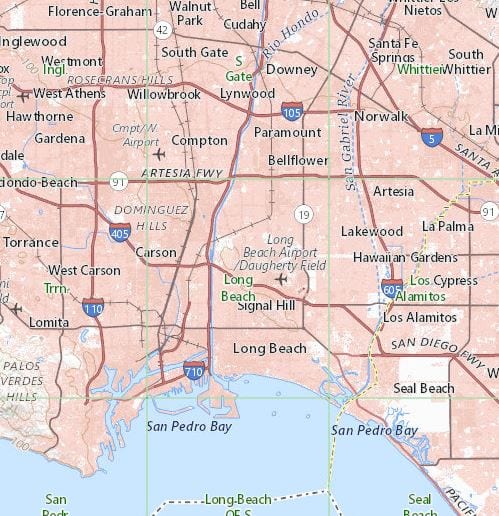Methane on Mars
Methane on Mars Geologists understand that methane on Mars could relate to possible signs of past life, future sustainability, and similar geological processes to Earth. And sources of methane gas in the Mars atmosphere are presumably from biogenic and petrogenic processes. For example, microbial and thermal decomposition of underground organic matter, or tectonic and volcanic…

